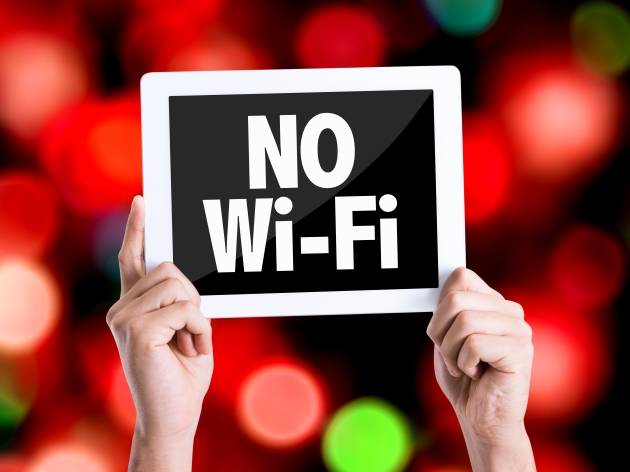How to Fix Typical Wireless Problems
I know you’ve been there: you are comfortably sitting on your couch, watching the last episode from your favorite detective/murder series. The villain is quietly approaching his innocent victim, when all the sudden… your Wi-Fi connection breaks down.
Sometimes a quick router restart fixes the problem, but this only happens if you’re lucky. Often times, the problems that can cause Wi-Fi signal drops are serious, and not that easy to fix.

The good news is that you’ve discovered this blog, though. And here I am, ready to share with you pretty much everything I know about poor wireless connections and how to fix them.
Let’s make this clear from the very beginning: one of the biggest Wi-Fi signal problems is interference. Most people keep their routers in their homes, after all, and – truth be told – our homes are sometimes filled with electronic devices.
I am talking about microwave ovens, cordless phones, smartphones, and so on. And not just the electronic devices cause problems, you know? Metal structures and even plain walls can turn a strong Wi-Fi signal into a weak one, sending a powerful wave of terror in your Internet-connected home.

So now that you know about this problem, what can be done about it? The answer is simple: move the router closer to your room. Yes, this may make your kids angry, but it’s one of the most effective ways of boosting Wi-Fi signal strength. And even if your kids will have a weaker signal, dad pays for Internet bill, right?
According to researchers, Wi-Fi signal can be diminished by up to 30% due to a router or wireless card using outdated drivers. The easiest method of checking if you can download and install new drivers for your devices is to use Windows’ built-in software update mechanism. I have to admit that this method may fail every now and then, though, so sometimes it’s going to be wiser to go to the manufacturer’s website and access its driver download section.
If you live in an apartment, I’m quite sure that most of your neighbors run their own Wi-Fi networks. And with the standard 2.4 GHz Wi-Fi networks, the number of available channels is very limited – 14, to be more precise. If your neighbor has a powerful router that operates on the same channel with your Wi-Fi network, it’s a good idea to switch to a new channel.
Simply test the channels, one of the time, until you find the one which provides the strongest Wi-Fi signal. There are lots of apps that simplify the process by showing you graphs with the active/crowded Wi-Fi channels in your area.

Another effective method that fixes most wireless problems is the addition of a wireless signal repeater. These devices are also known as wireless extenders, and their goal is to amplify the signal, extending the range of your Wi-Fi network. And with prices starting at a low $30 or so, you should definitely purchase a signal repeater if you experience frequent disconnects, slow download and upload speeds, and so on.
Finally, if everything else fails, it’s time to replace your router with a modern one. Try to find one that’s got as many antennas as possible, though; this way, you should see a significant signal strength increase. Pick a router that uses both bands (2.4 and 5 GHz), and then use the higher frequency band for the devices that are in the same room with the router.
The lower frequency band should be used for the devices that are away from the router, because the 2.4 GHz frequency signal travels farther than the new 5 GHz one. You’ve got it, it’s another case of a new technology that isn’t as good as the old one, at least in some areas.
These are the most common solutions to the most frequent Wi-Fi problems. Start with the ones that don’t require any financial investment, and then, if the results aren’t as expected, move on to the ones that may cost you some money, but are guaranteed to have a higher success rate. Good luck!







